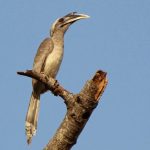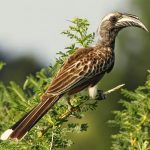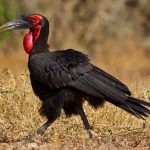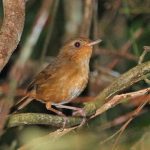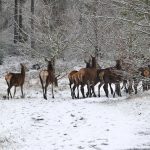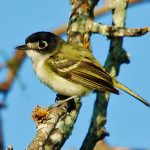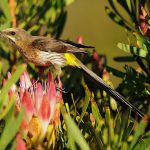Silvery-cheeked hornbill
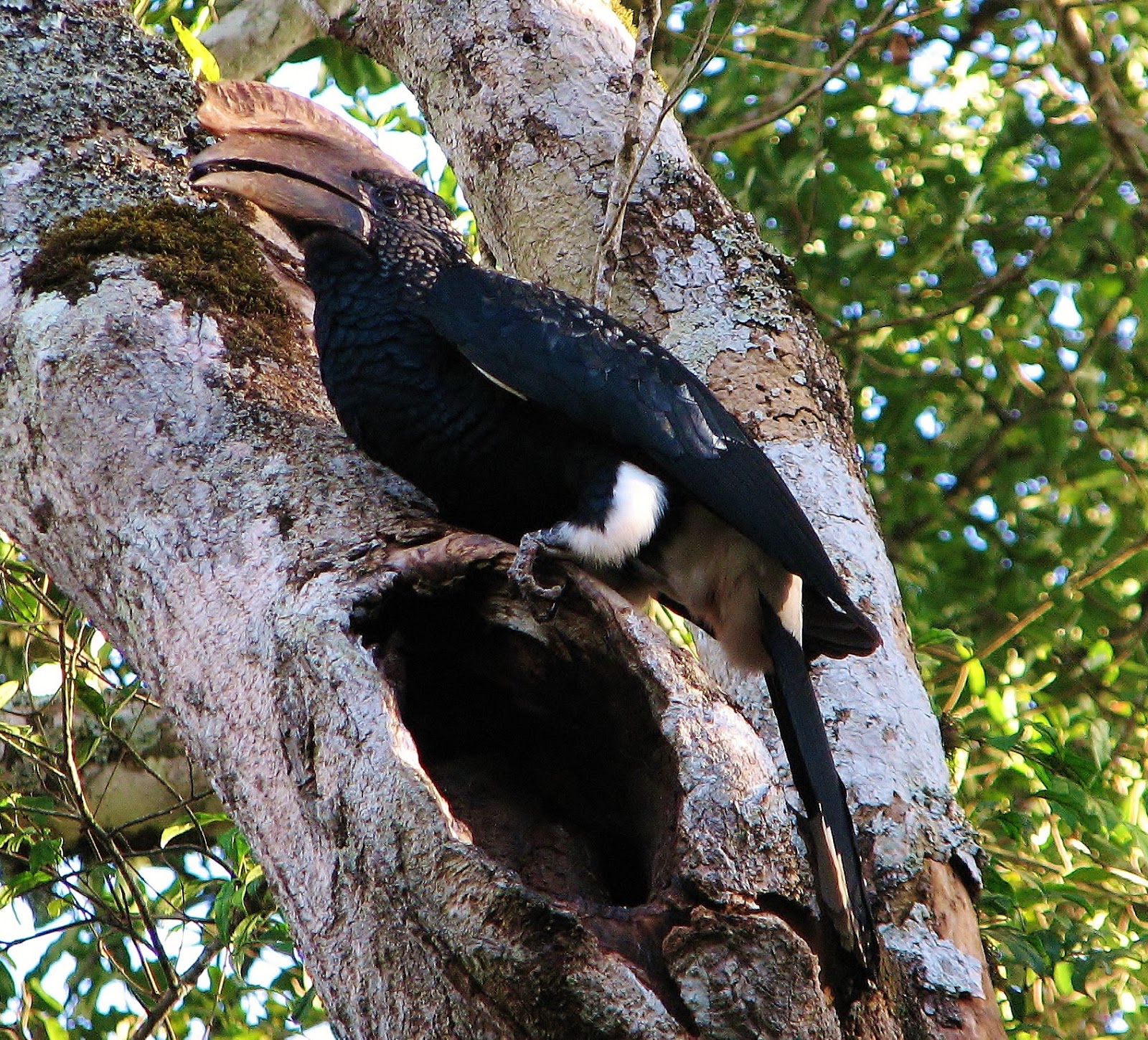
 |
| (Photo from Wikipedia) |
Common name:
silvery-cheeked hornbill (en); calau-de-crista (pt); calao à joues argent (fr); cálao cariplateado (es); silberwangenhorvogel (de)
Taxonomy:
Order Coraciiformes
Family Bucerotidae
Range:
This species is patchily distributed from northern Ethiopia, through Kenya and Tanzania and into central Mozambique and Zimbabwe.
Size:
These birds are 60-75 cm long and weigh 1-1,5 kg.
Habitat:
The silvery-cheeked hornbill is found in mountain and coastal tropical forests, in gallery forests and in dry savannas with tall trees. They are present from sea level up to an altitude of 2.600 m.
Diet:
They forage on the forest canopy, mainly eating the fruits and berries of various plants including Ficus, Syzygium, Dracaena, Newtonia, Khaya and Strychnos. They sometimes also eat flowers. They also hunt animals, namely lizards, young birds and eggs, fruit bats, insects, centipedes and spiders.
Breeding:
Silvery-cheeked hornbills are monogamous, solitary nesters. They breed in September-April, nesting in a natural cavity in a trunk or large branch of a tree, 7-25 m above the ground. The same cavity is often reused in multiple breeding seasons. There the female lays 1-2 white eggs, which she incubates alone for about 40 days while the male brings her food. the female remains in the nest with the chicks until fledging, while the male brings food. The chicks fledge 77-80 days after hatching.
Conservation:
IUCN status – LC (Least Concern)
This species has a large but patchy breeding range. Although the global population size has not been quantified, the silvery-cheeked hornbill is reported to be locally common. The population is suspected to be stable in the absence of evidence for any declines or substantial threats.
